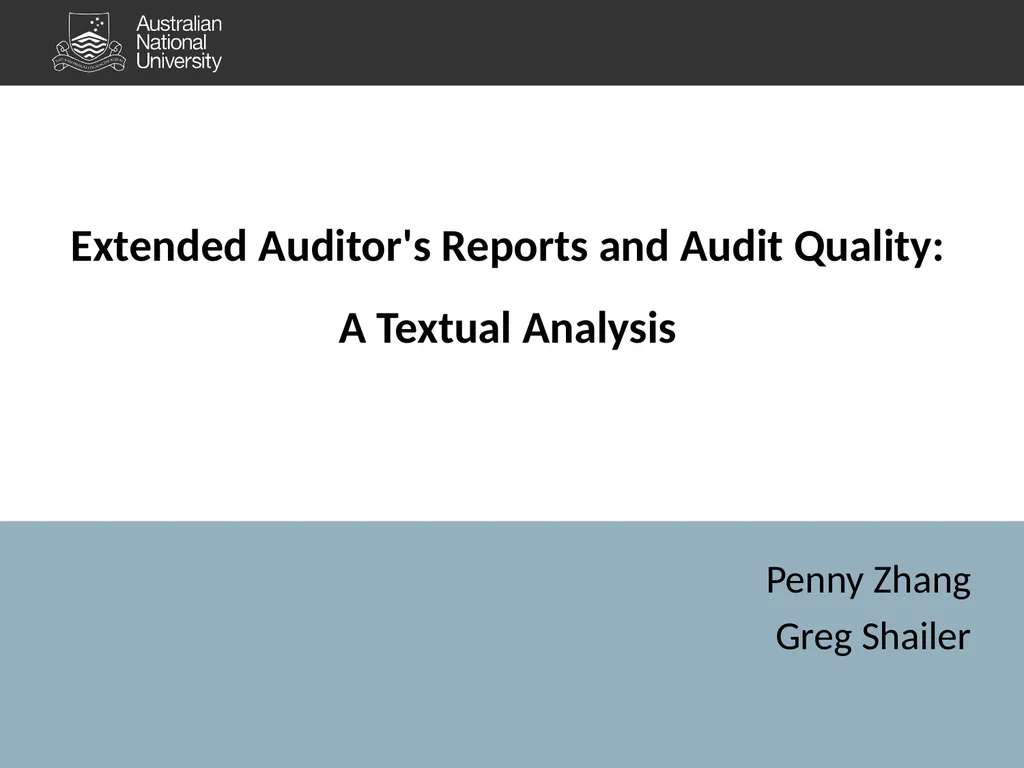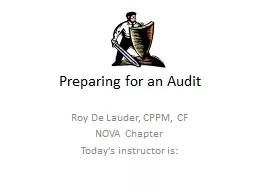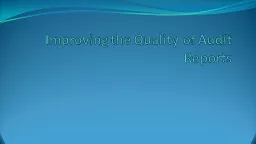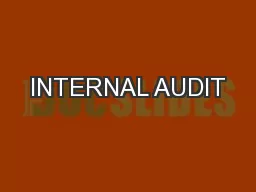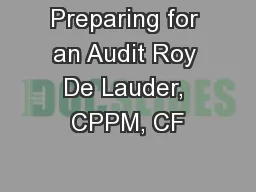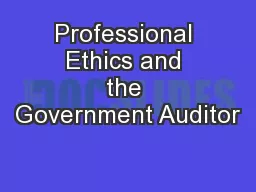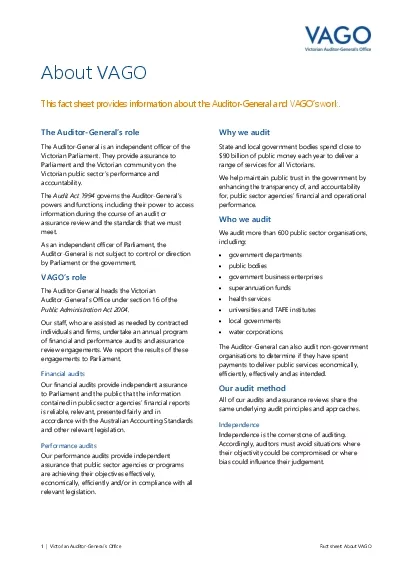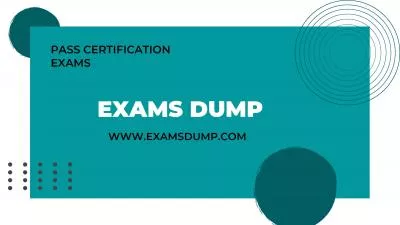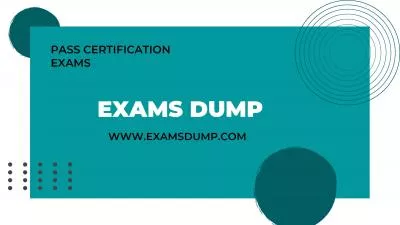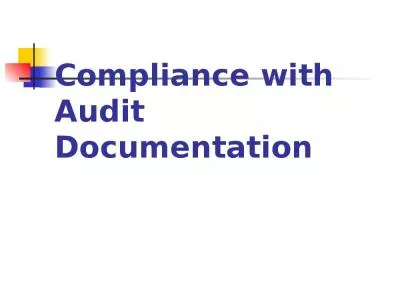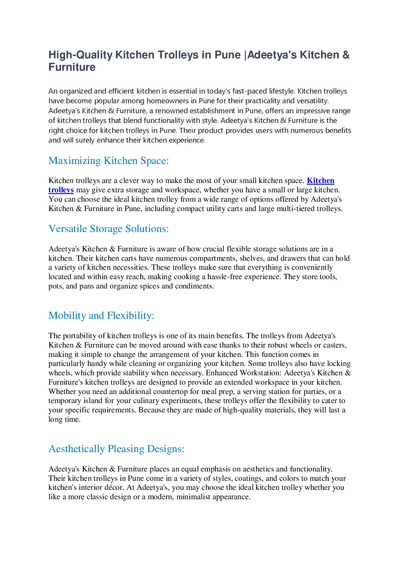Extended Auditor's Reports and Audit Quality: A
Author : aaron | Published Date : 2025-06-23
Description: Extended Auditors Reports and Audit Quality A Textual Analysis Penny Zhang Greg Shailer Background Motivation Regulatory Background FRC reporting periods ending on or after 30th Sep 2013 for entities that report on application of the
Presentation Embed Code
Download Presentation
Download
Presentation The PPT/PDF document
"Extended Auditor's Reports and Audit Quality: A" is the property of its rightful owner.
Permission is granted to download and print the materials on this website for personal, non-commercial use only,
and to display it on your personal computer provided you do not modify the materials and that you retain all
copyright notices contained in the materials. By downloading content from our website, you accept the terms of
this agreement.
Transcript:Extended Auditor's Reports and Audit Quality: A:
Extended Auditor's Reports and Audit Quality: A Textual Analysis Penny Zhang Greg Shailer Background & Motivation Regulatory Background FRC (reporting periods ending on or after 30th Sep, 2013, for entities that report on application of the UK Corporate Governance Code) PCAOB, IAASB, and EC Disclose the most significant audit matters in that year’s financial statement audit, using non-standardised language. These enhanced reporting standards are intended to make audit reports more transparent as they induce differentiations among auditor reports (PCAOB 2016). 2 Background & Motivation The use of tailored, non-standardized language when discussing material risks of the audited entity is key to achieving the objectives of EARs (FRC, 2013; IAASB, 2013; PCAOB, 2013) We examine how the use of standardized disclosures in EARs relates to audit quality at the engagement level (after adjusting for the industry-based comparability effects) 3 Research Approach Textual similarities of EARs are expected to be negatively associated with audit quality Generic disclosures may be intentionally chosen by auditors to reduce transparency Standardized language may be a consequence of deficiencies in audit effort or competence 4 Research Approach The UK’s first three implementation years (from 30/09/2013 to 30/09/2016) The textual similarities of EARs are measured using the Vector Space Model (VSM). Mean scores of that EAR relative to each of the other EARs issued by the same audit firm in each year. KAM sub-sections & full EARs 5 Findings EAR similarity scores are negatively associated with audit quality, measured as abnormal accruals and abnormal audit fees. The relation is more significant when examining KAM sub-sections, compared to the analysis of full EARs. Our results suggest that, on average, engagements with higher audit quality result in more transparent EARs. 6 Related Studies of EARs AUDIT QUALITY Gutierrez et al. (2018) Non-significant result Reid et al. (2018) The absolute abnormal accruals and the likelihood of just meeting or beating analyst forecasts were improved following the implementation of EARs. TEXTUAL ANALYSIS Smith (2017) Auditors with industry expertise, from Big4 accounting firms and larger offices produce more readable EARs. 7 Related Studies on Report Transparency Managers choose to provide less transparent disclosures to reduce the detection of their earnings management Accruals-based earnings management is negatively associated with Corporate disclosure quality (Lobo & Zhou 2001) Specific accrual-related disclosure transparency (Cassell et al. 2015) 8 Hypothesis Development Reports that use more standardised language and so convey less firm-specific information are with lower disclosure transparency.
